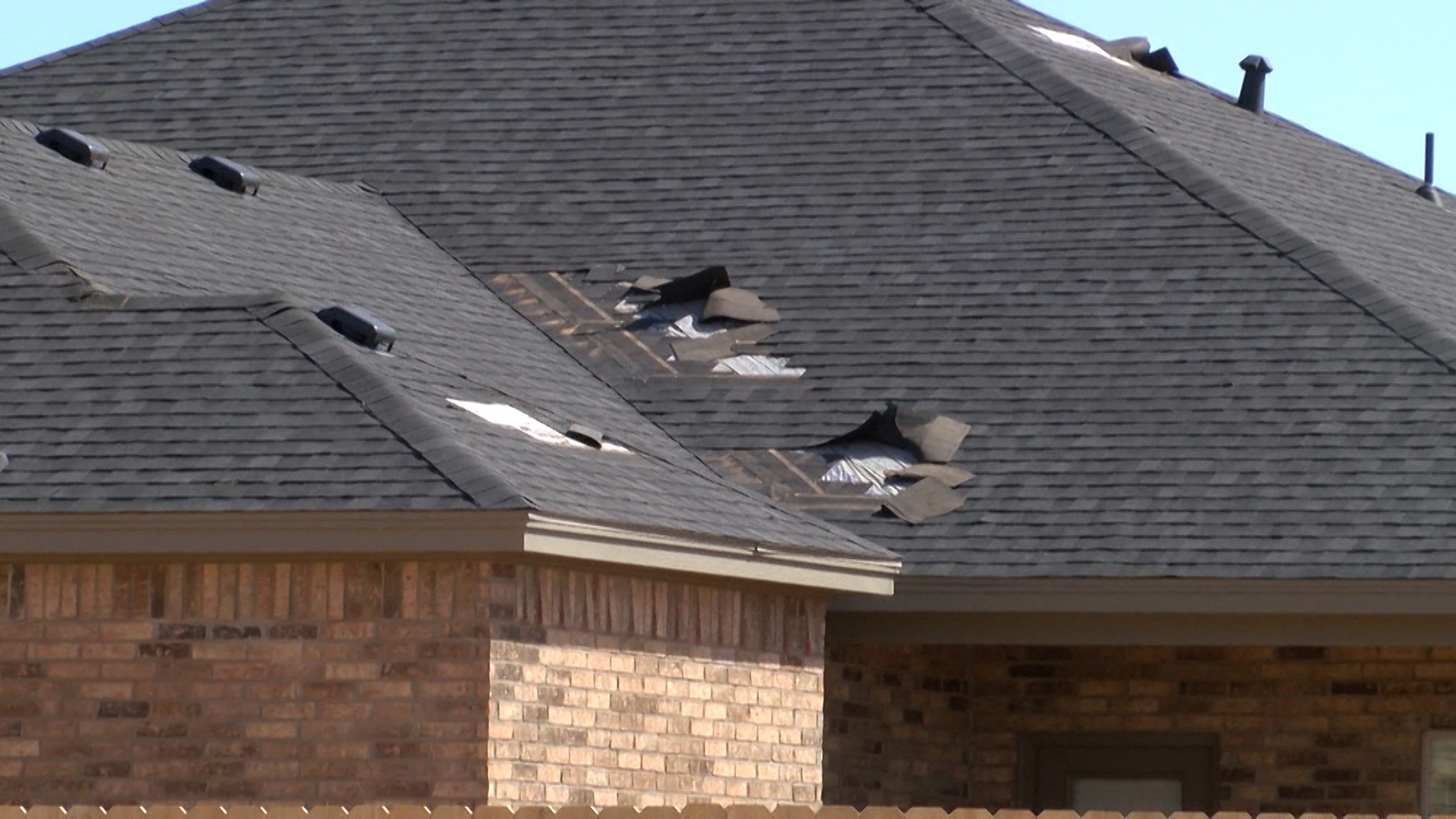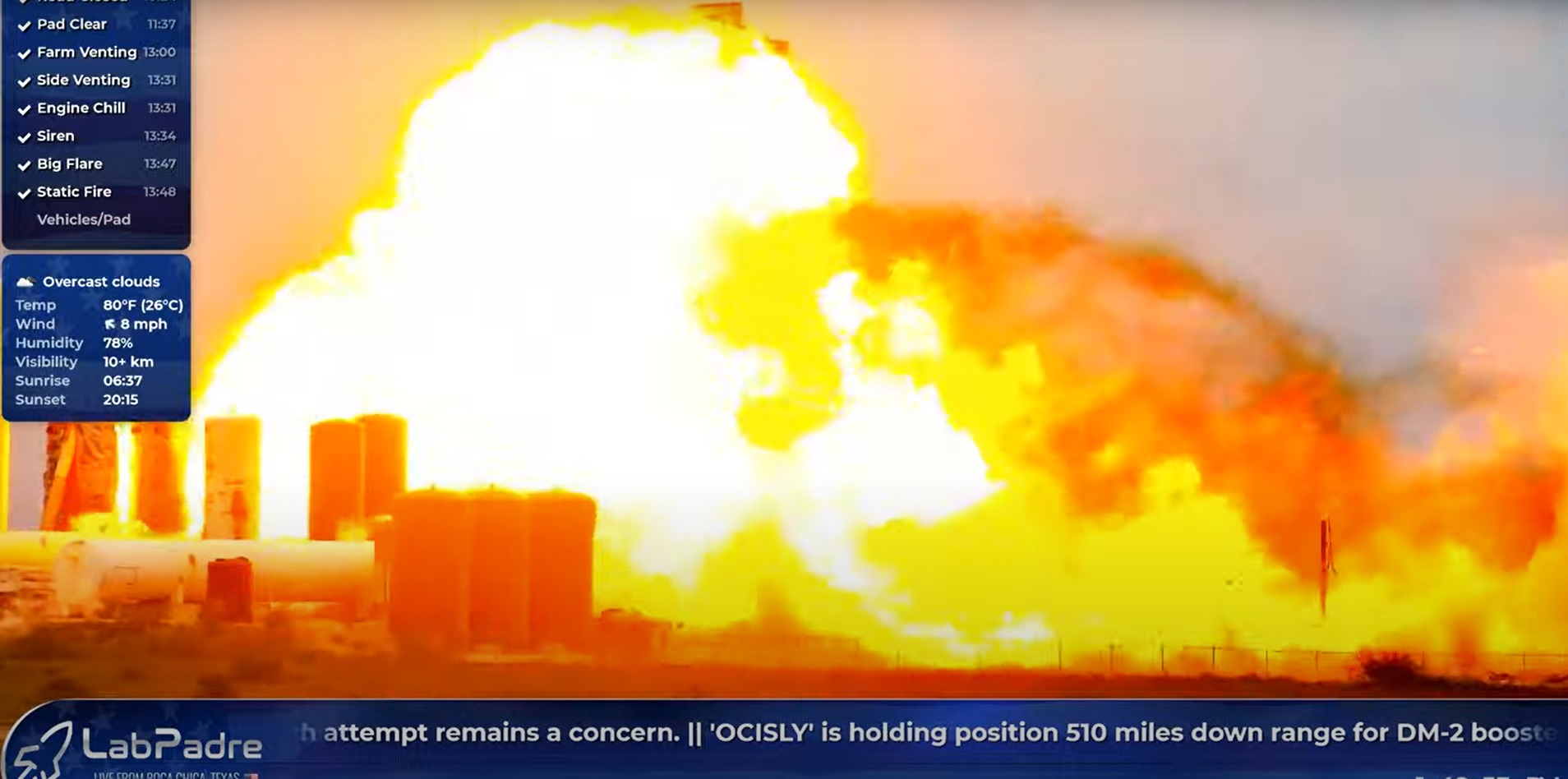First up are the EF-0s and EF-1s. As some of the weakest tornadoes possible, they’re also some of the most common. Damage associated with these can range anywhere from peeled roofing and damage to siding for EF-0s to overturned mobile homes and loss of exterior doors and shattered windows for EF-1s.
National Weather Service Warning Coordination Meteorologist Jody James explains. “When we talk about an EF-0 or even an EF-1, we’re talking about winds up to around 100 mph. Still will do some damage, usually in those kind of wind speeds if you’re just in a standard home, you’re probably okay in there. We don’t always know that though when the tornado is ongoing, that’s why we encourage people to go to a better shelter or an interior room for example.”
Next up the EF Scale are the EF-2s and EF-3s. Damage with these tornadoes increases significantly and are less common than EF-0s and EF-1s. With an EF-2 tornado, cars can be lifted off the ground and large trees can be snapped and/or uprooted. EF-3s can destroy large, well-built homes and buildings, debark trees, and overturn trains.
“Once we start getting up into the wind speeds of around 130, 140, 150 range, that would be like an EF-2/EF-3 for example, that’s where we start seeing, typically, your standard three bedroom home start to come apart. Usually you’ll see roof damage, the roof can come off, you may have a loss of some exterior walls. So especially at that EF-3 level that’s where it gets really serious about being safe even in your home” warns James.
Finally, we have the EF-4s and EF-5s. Damage associated with these is considered “devastating” and “incredible” with estimated winds starting at 166 mph to well over 200 mph. An EF-4 can completely level well-constructed homes, cars can be thrown significant distances, and small debris can become projectile missiles. And then there’s the EF-5 rating. Not only are well-built homes leveled, but are swept up to a mile away. High-rise buildings and steel-reinforced concrete structures are critically damaged. Automobile sized missiles can fly through the air at up to 100 yards away.
James explains, “because a tornado, for an EF-5 for example, will take a typical home down to the foundation, so the debris may be scattered a half a mile away. It becomes increasingly difficult to survive one of those tornadoes. So it really is an exponential scale in terms of the wind damage. And as the wind increases, as we double the wind speed the force on a building goes up quadruple, it goes up four fold.”
















